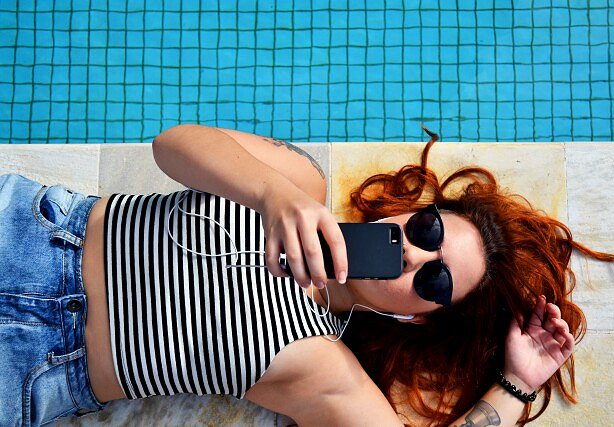As part of Discovery Communications’ initiative to better understand trendsetters, they have embarked on a series of research studies designed to better understand their attitudes and trigger points for a range of behaviors and purchases. Leveraging their consumer-centric panel, they have extracted some compelling if not surprising data. As always, influencer studies may not be reflective of mass population, but they are invariably the indicator of the next tipping point.
For example, the company recently released the results of a new study on smartphones that demonstrates their ubiquity among society’s most influential consumers. “Our ever-increasing reliance on smartphones to navigate and manage our lives makes [them] a deeply personal purchase for consumers,” said Manu Singh, Group Vice President, Commercial Insights and Digital, Discovery Communications. “Certainly, at a time when engaging on a more one-to-one basis is an imperative, providers and brands should consider opportunities to align with consumers’ relationships with their devices when looking to communicate benefits and brand features.”
Here are the key takeaways of the study.
- Smartphones are a must-have. Seventy-eight percent of Discovery Influencers don’t go anywhere without their smartphones and close to half (49%) spend more than three hours a day on them. The majority of the influencers (65%) agree that their smartphone makes them feel more connected to the world.
- They are highly entertaining. Smartphones have become a go-to entertainment source when boredom strikes. Seventy-three percent report that they turn to their phone when they are bored. They spend their time browsing the internet (82%), on social media (75%) or watching TV/video content (41%).
- They provide good service. Consumers are happy with their providers. Seventy-six percent of Discovery Influencers are satisfied with their current smartphone provider. Younger owners are even more satisfied with their current provider. Millennials are more likely to say they are “very satisfied” with their current smartphone provider than older folks (35% vs 28%).
- Influencers are eager early adopters. While very satisfied with their service providers, Discovery Influencers are eager to adopt the latest and greatest innovations for smartphones. Nearly one in four Discovery Influencers are looking to upgrade or buy a new phone; 90% of this group plans to do so in the next six months.
- Unlimited texting is the way to go. Texting trumps all other forms of communication, with 66% of respondents saying that text message/iMessage is the preferred way to connect with friends and family. With such a high rate of Discovery Influencers opting for messaging, having unlimited texting is an absolute must-have. Being able to decode your family/friends’ text messages requires a whole other plan!
- Influencers want Apple phones. Among all brands of smartphone, Apple ranks No. 1 as the best fit for their lifestyle and is also considered the most reliable, most trusted and the highest quality. However, Samsung is not far behind, coming in at a close second for all the above qualities. Samsung emerges as a winner when it comes to cost, with Discovery Influencers giving credit to the brand for having the best prices.
- Millennials have love/hate relationships with their phones. For Millennials, smartphones are an integral part of their lives. Millennials live off their phones, using them for many more purposes than older (35-54) Influencers — from shopping online (71% vs 52%) to buying groceries or ordering takeout (45% vs 27%) to watching TV or video content (70% vs 37%). Yet, Millennials are twice as likely to describe their smartphone as “stressful” and 29% say their smartphone makes them feel lazy. On an even sadder note, 20% of Millennials say they think their partner loves their smartphone more than them.
Discovery’s research has confirmed what most of us instinctually already knew — that smartphones play an outsized role in our lives, bringing ease and convenience. But they are also responsible for stress and feelings of inadequacy. Maybe there’s an app for that?
Photo by Bruno Gomiero, Unsplash

